The post How to Photograph Architecture as Sculpture appeared first on Digital Photography School. It was authored by Herb Paynter.
Architects design buildings based on form as much as functionality. Many of these creative structures serve as works of art as well as mere brick and mortar buildings. Viewing subjects for their form as well as their function, and capturing that beauty with creative eyes and a little careful planning, can deliver stunning results. In this article, you’ll learn how you can photograph architecture as sculpture.

A statue of Wilbur Wright stands in front of the Student Union building on the campus of Embry Riddle Aeronautical University in Daytona Beach, Florida.
Rule One: Observe before you shoot
Too often we are struck with the initial appearance of a subject and immediately start shooting. However, this knee-jerk snapshot approach rarely provides the kind of result that it could if we took our time. Take the time to walk around the subject and observe it from several different angles. Those angles will provide different vantage points, reflections, and shadows that will change and influence the framing you use for each shot.
Investigate the uniqueness that each structure presents and appreciate the visual statements the architect is making. Structures are more than a collection of connected boxes with passageways and windows. They are the physical housing of the community. We should study the features that make each structure unique. Throughout time, architects have designed structures that reflect social attitudes and serve the full spectrum of cultures from very conservative and business-like to modern and avant-garde.

London’s amazing architecture along the Thames.
If you carry optional lenses in your bag, consider how each will render the scene. Don’t hesitate to stop long enough to find out. Lenses not only provide a distance variable, but they also change the dynamics of dimension. Longer lenses tend to compact the range much more than wider lenses.
Remember, backgrounds play a large role in the process. It is easy to get carried away with the subject and not see the effect that items in the foreground and background have on the final result. You can shorten major post-production chores, and even eliminate, by carefully seeing and shaping the background.
Rule Two: Think before you shoot
Digital cameras tend to override the cardinal rules of photography by allowing us to haphazardly capture dozens of shots without thinking them through. Remember, photography is a discipline and technical science as much as it is a process of documentation. Don’t allow yourself to excuse sloppy shooting.
The basic tradeoffs of exposure should run through your mental checklist as you think through each shot. Here’s where “Auto” settings can work against you as a photographer.
Briefly weigh the big three factors behind correct exposures before you click the shutter: Shutter speed, ISO, and Aperture each contribute to the shot, and each affects the result.

Interior of Student Union at Embry Riddle University
The most important of these three variables in architectural photography is the aperture. Aperture controls the depth of field (DOF), particularly in long lenses. Since buildings rarely move around and daytime outdoor lighting is usually ample, shutter speed is of little consequence in the final analysis. As is ISO, but your choice of framing and DOF will make all the difference.
Rule Three: Plan your shot before you shoot
Make it a point to develop specific intent for each shot and develop at least a mental shot list of the project. Without this exercise, you’ll end up with a multitude of lookalike shots that you’ll have to cull through. Ask yourself if you want to capture the entire scene or just highlight a particular aspect of the scene?

The 19th century stone structure of the Chicago Water Tower stands in contrast to the gleaming metal surface of the Trump Tower, also in Chicago.
Rule Four: Account for Keystoning
Buildings are always taller than the camera lens and thus always distort the parallel nature of the vertical lines. The only way to avoid this is to keep the camera axis parallel to the horizon. The moment you shift the lens skyward, the vertical lines will keystone. This is both normal to the human eye and advantageous to adding drama to tall buildings, but the camera lens can exaggerate it.
If you’re fortunate, and a bit creative, you can shoot the building from the inside (or atop) another structure. This will allow you to keep the vertical surfaces parallel.

Seeing this domed rooftop from an adjoining property delivered a unique view. If I’d captured this dome from the ground, the actual shapes and features would have been distorted.
The other option, and the one most utilized, is to adjust these angles in post-production. Almost all imaging software provides the ability to straighten the lines by either automatically or manually stretching the image using the software’s Transform function. However, be aware that every time you distort an image’s shape, you reassign pixel values which can affect the sharpness of your image.
Rule Five: Assess White Balance
The general assumption is that you should capture outside photos in Daylight mode. But this isn’t always the case. Outdoor lighting changes constantly. Images captured either in the shade or in mixed lighting (dusk with street lighting, windows illuminated with tungsten lighting, or interior shots that include sunlight coming from outside) can create problems. The best way to address this issue is to capture your images in RAW mode. Doing so, allows you the latitude to experiment with the color temperature during post-production.

Even after extensive damage suffered in World War II, Dresden, Germany still hosts a great number of historical and cultural buildings.
Rule Six: Carry a tripod
There are many good reasons to carry a travel tripod when shooting architecture. Exposures can vary greatly, and a tripod eliminates the possibility of camera shake during longer exposures or shooting to match precise angles of structures.
Since buildings don’t move much, a tripod allows you to lock down the focus and the steady the camera even at strange angles. Tripods also allow you to use your camera’s timer for hands-free exposures.

Genoa Archway
Rule Seven: Choose the right lens for the shot
Wider-angle lenses allow you to capture larger buildings in areas of limited access. However, extreme wide-angle lenses (both zoom and non-flat field) can also introduce undesirable issues like barrel distortions that bow straight lines. Moderately wide-angle lenses and reasonable distances from the subject will most times address these issues.
Rule Eight: Pay attention to textures and geometry
The array of interesting textures, colors, fixtures, and surfaces used in building materials is quite diverse and makes for very interesting detail shots. Textures are the fabric of life and vary wildly both inside and outside modern architecture.
Architects are perfection artists who love geometry, and good geometry is the foundation of good structure.
From the earliest days of piling and arranging huge stones into pyramid shapes to today’s massive sports arenas, you can see the mathematical beauty of creative geometry everywhere. Look for geometric design in the biggest and smallest elements of architectural structures.

The Interior of the Frauenkirche cathedral in Dresden, Germany is graceful in structure and beautifully finished in pastel colors.
Rule Nine: Break the rules
Don’t be scared to see your subject from very strange vantage points. This includes looking both straight up from the floor and straight down from balconies. You may look a little silly to passersby, but chances are you’ll never see those people again, and they may well marvel at the photos you produce. The result of your creative vantage point will let your viewers see life from a fresh angle.
Almost everybody takes pictures from eye height (which is quite boring), and most of us are between five and six feet tall, so this means that most photos appear…average and “normal.” Get un-normal and show people life from a fresh viewpoint.

Many of the European cultural and government buildings include beautiful cultural symbols and statues sculpted with old-world craftsmanship.
Rule Ten: Look for contrast and balance
This applies to subjects as well as tone curves. Today’s buildings are focused on issues that reflect environmental and social issues. Pay attention to the juxtaposition of natural and human-made elements that are designed to coexist in total harmony. Colors and textures emphasize cooperation between human achievement and nature. The balance of the practical and artistic aspects of modern engineering reflect a renewed sense of respect between progress and responsibility in today’s world.
Conclusion
Most of all, take the time to appreciate the marvel and beauty of human creativity. The more you look, the more you’ll appreciate the ingenuity and genius of today’s architectural masterpieces.
Don’t rush through this process. Exercise the same level of care and skill that you observe in the design and structure of the buildings and interiors that you capture, and you’ll produce some amazing pictures. Shoot inspired.

The post How to Photograph Architecture as Sculpture appeared first on Digital Photography School. It was authored by Herb Paynter.

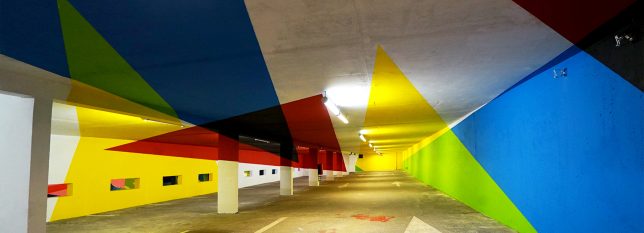
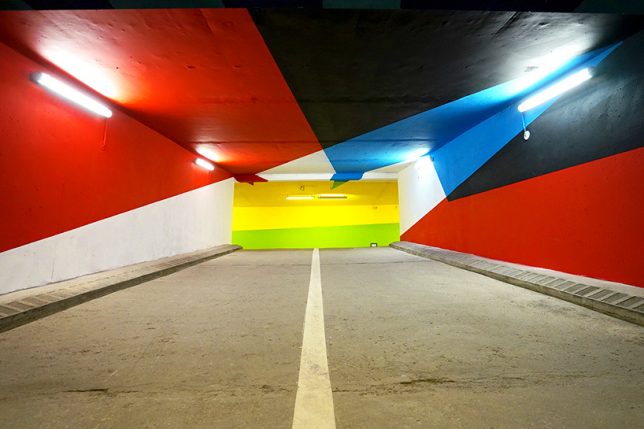

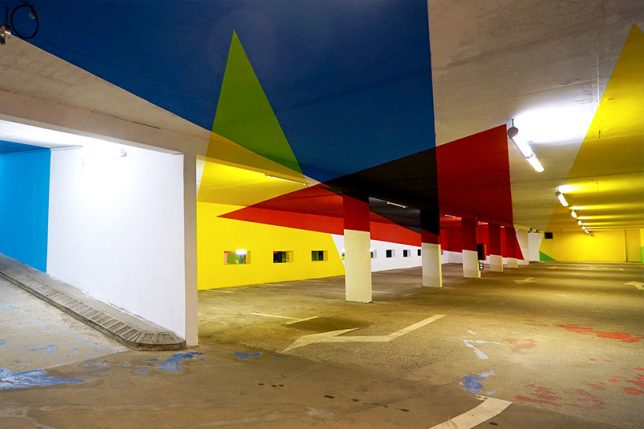
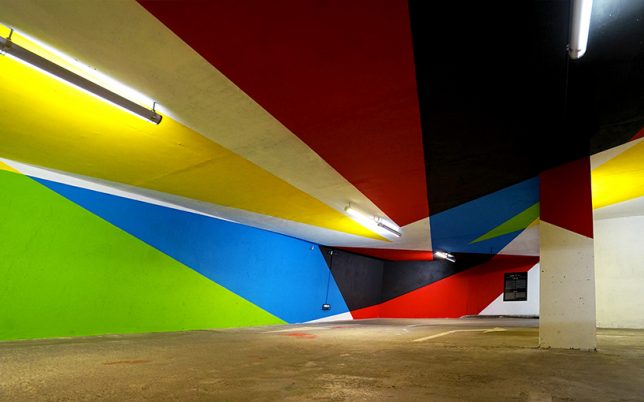
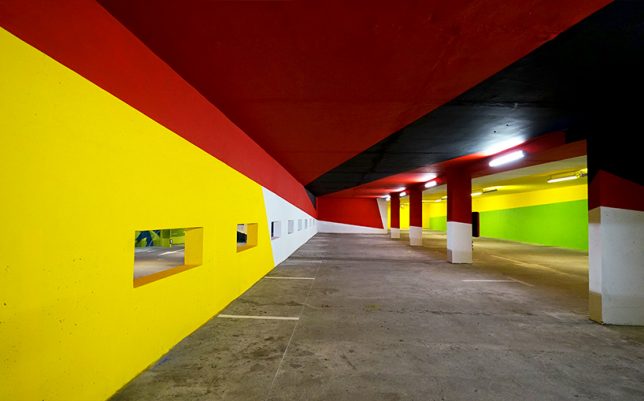
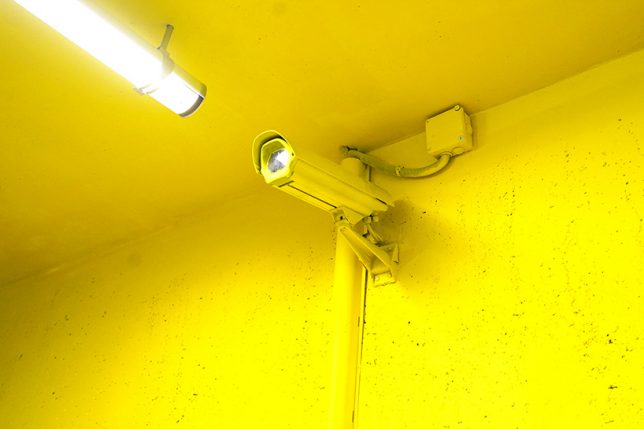




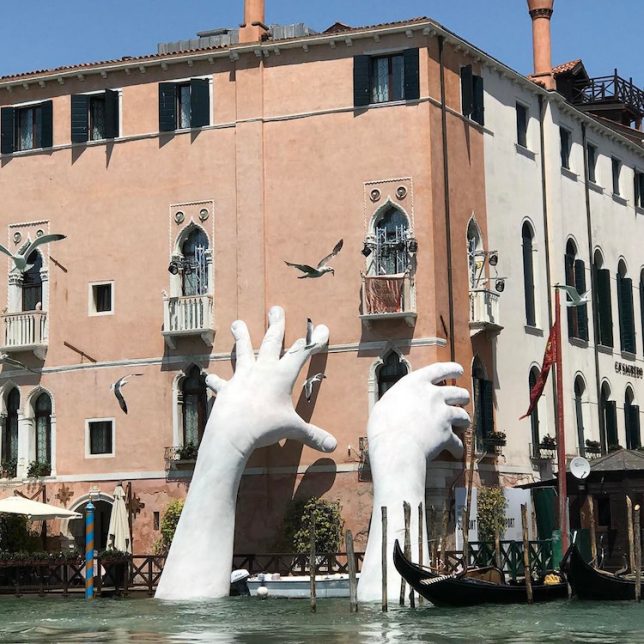
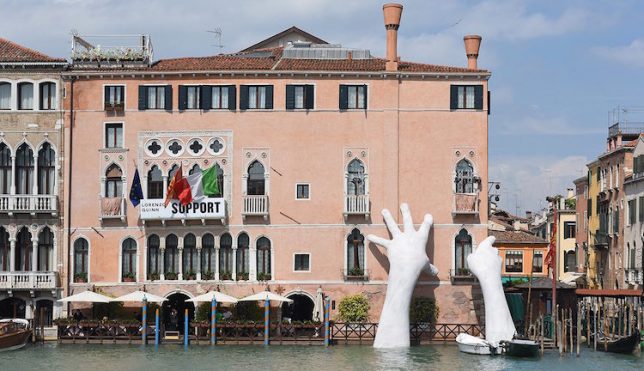
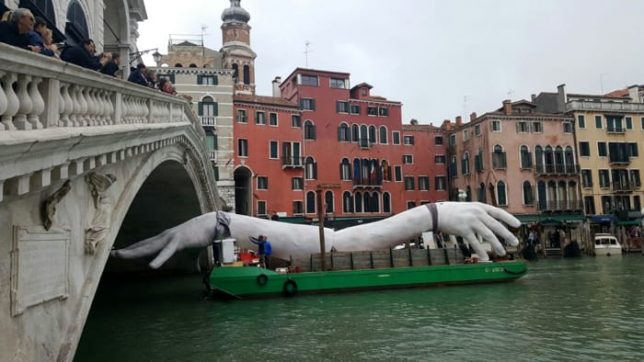
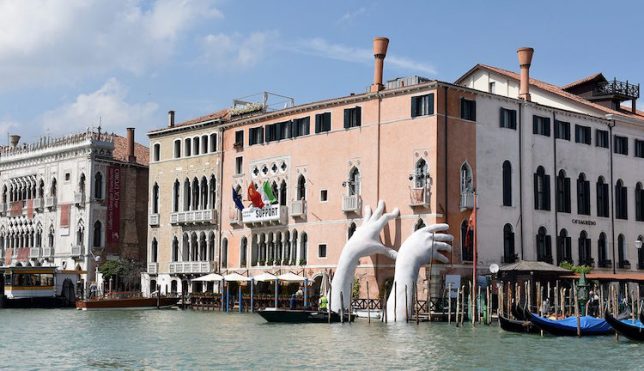
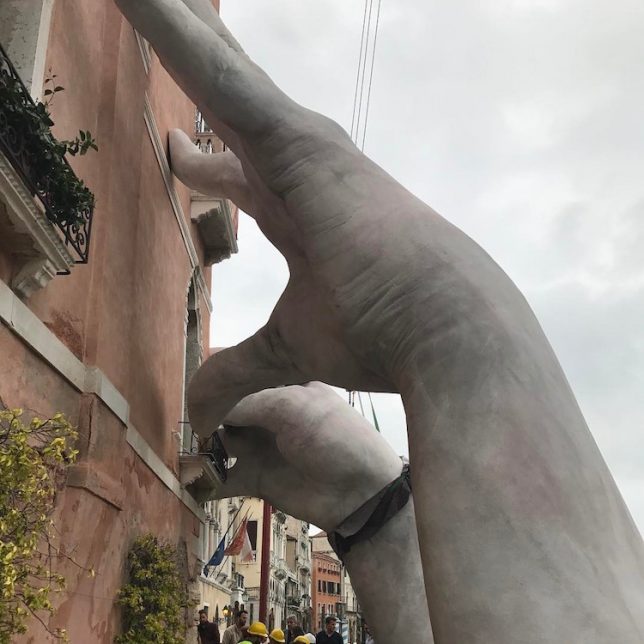
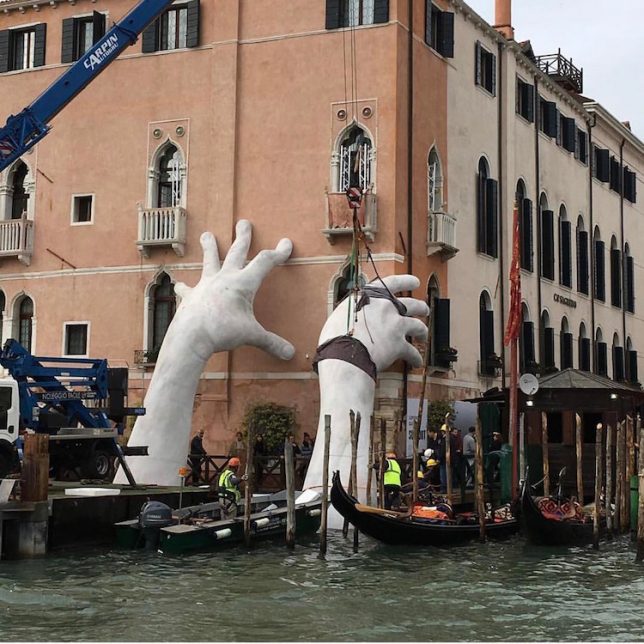
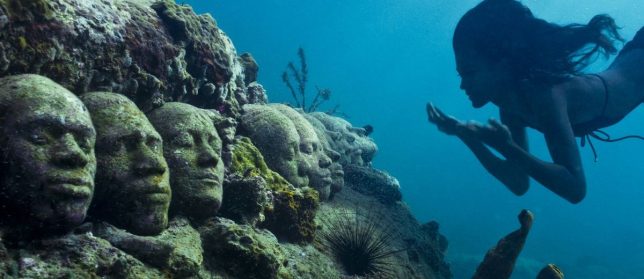

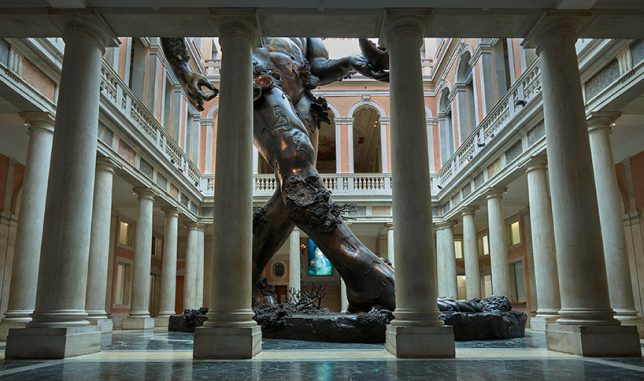
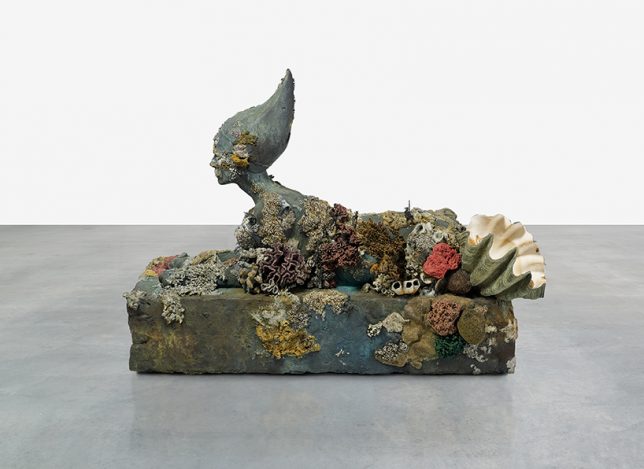
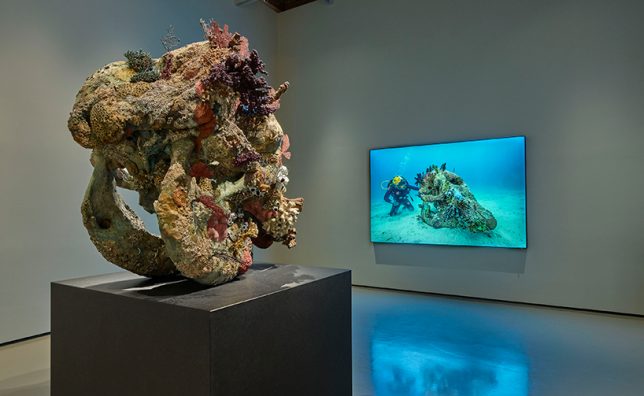
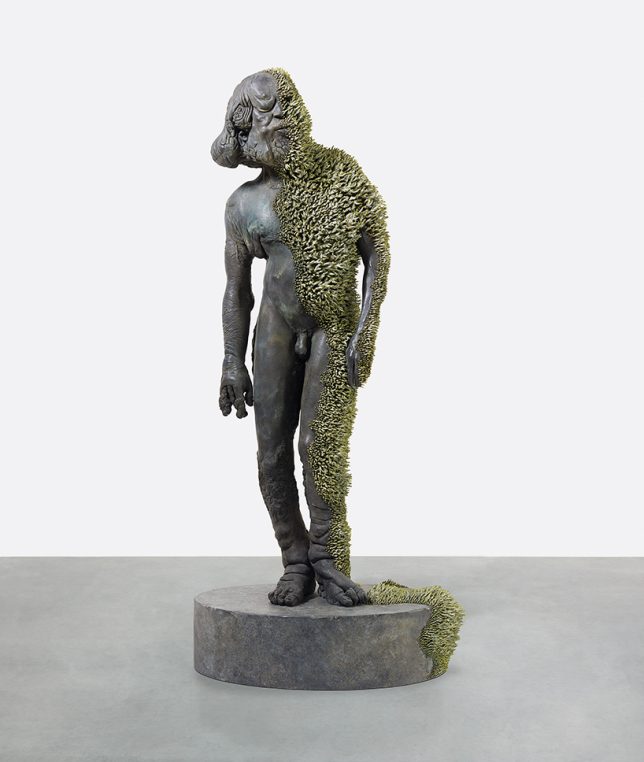
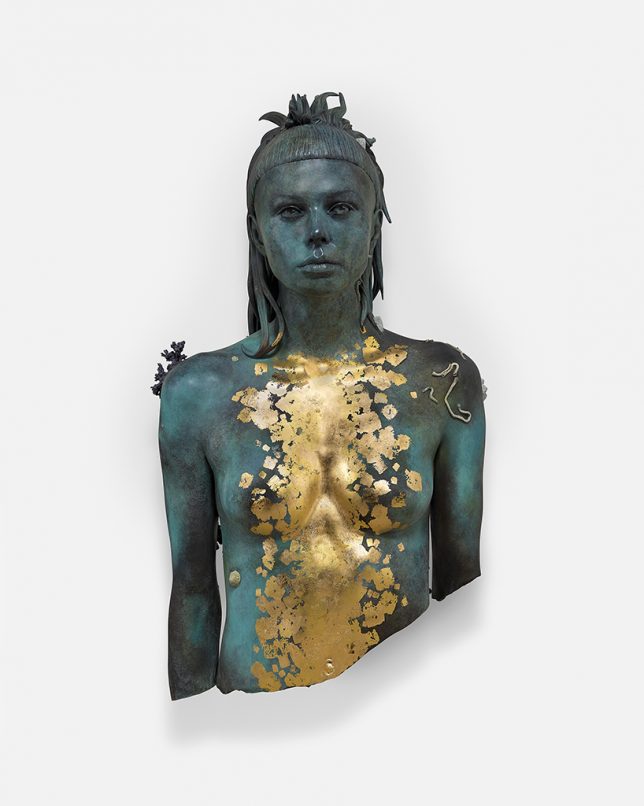
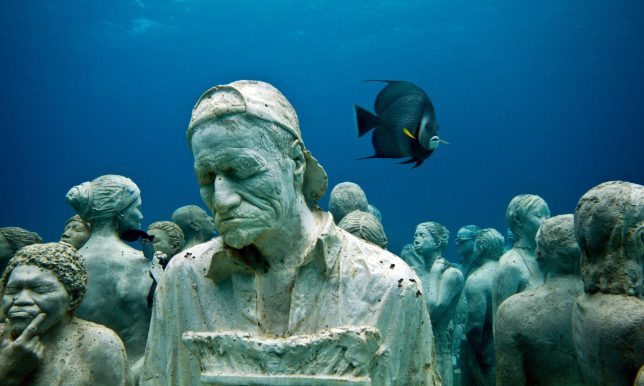
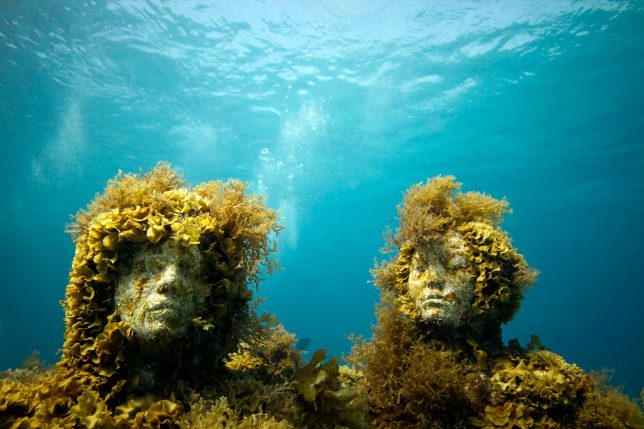

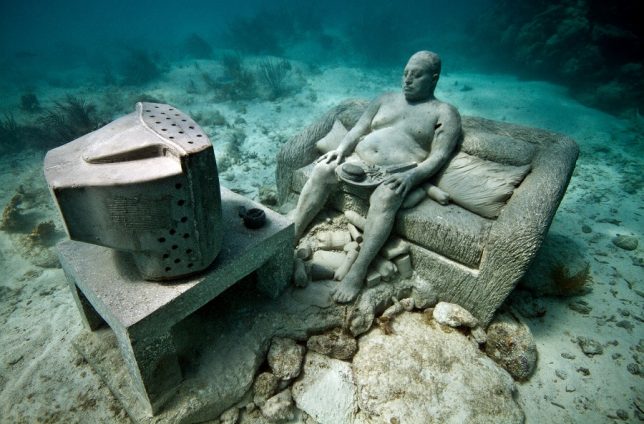
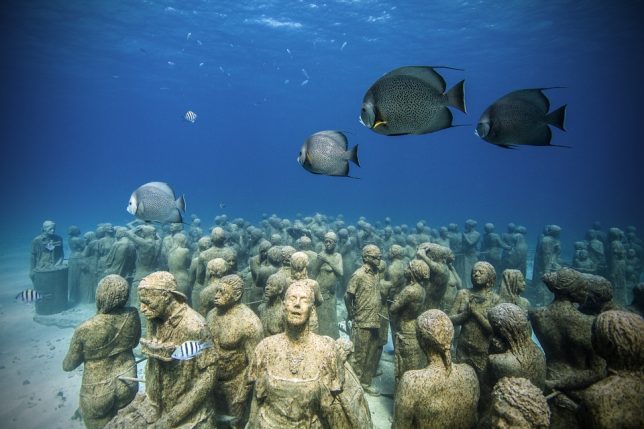
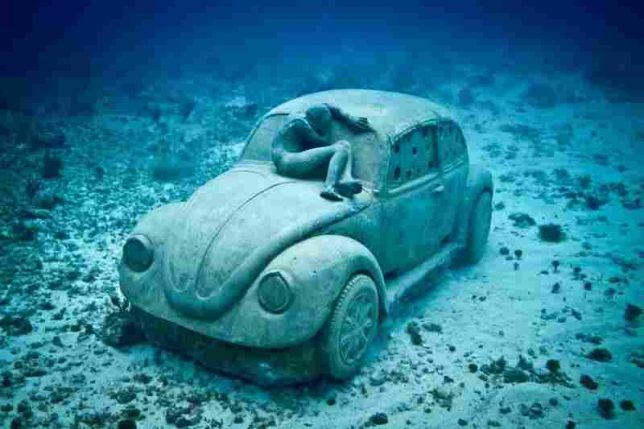
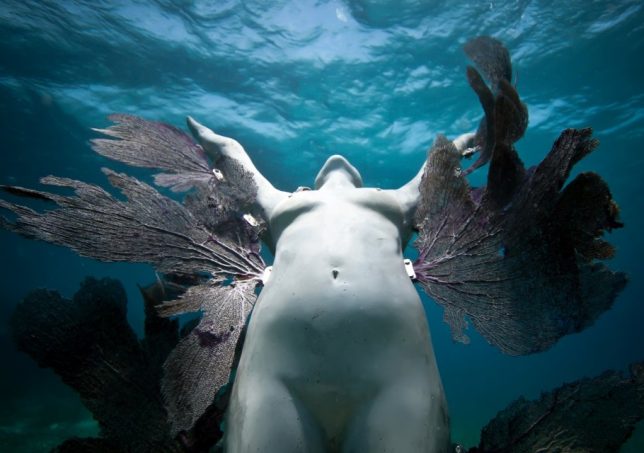

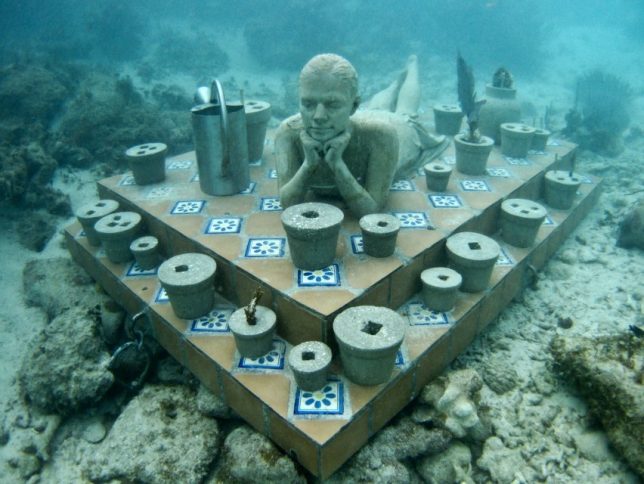
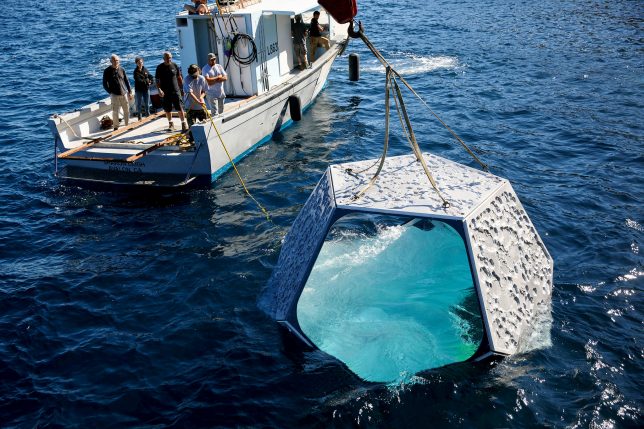
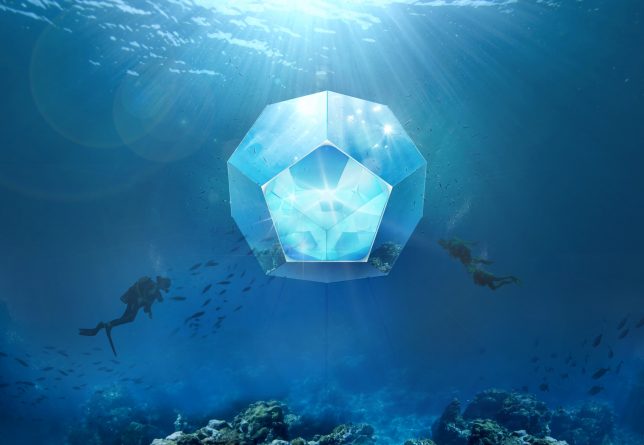
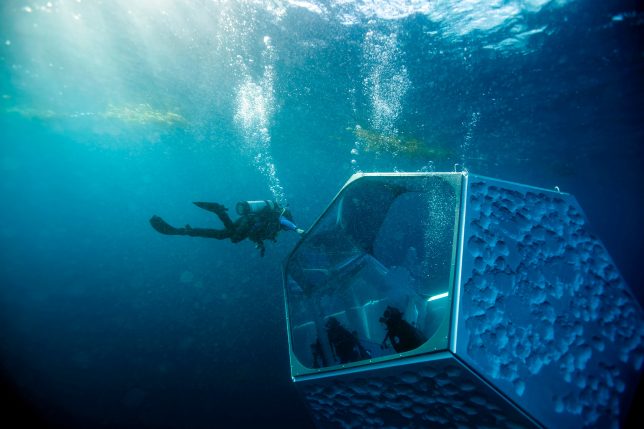
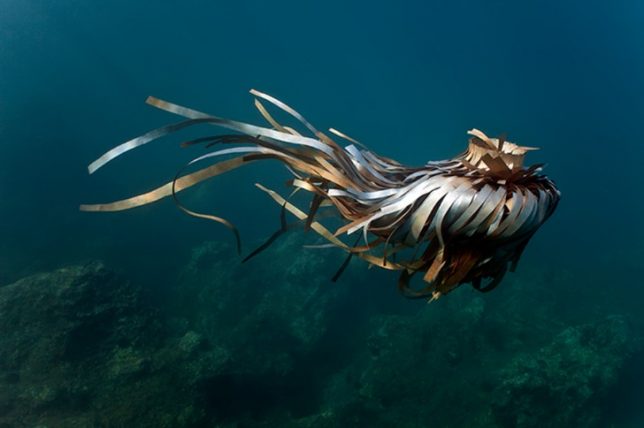

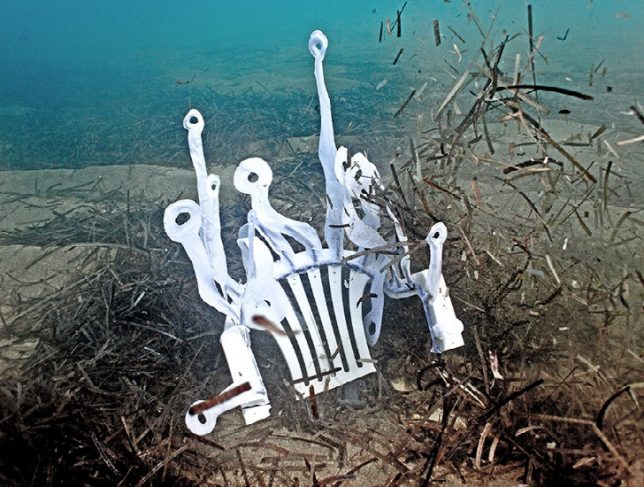
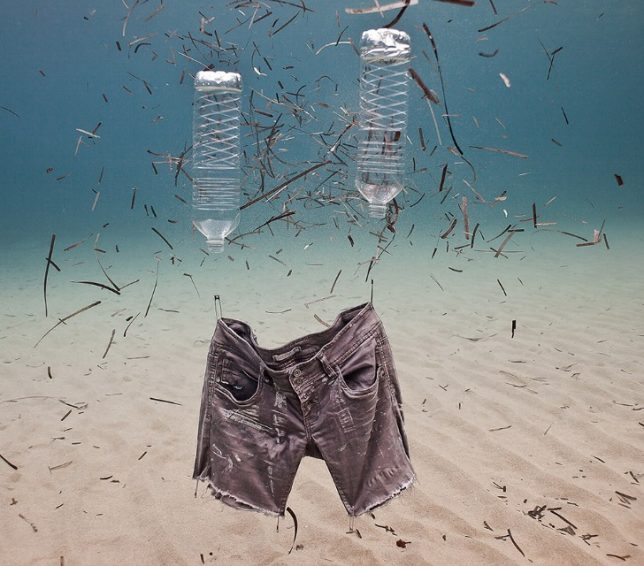
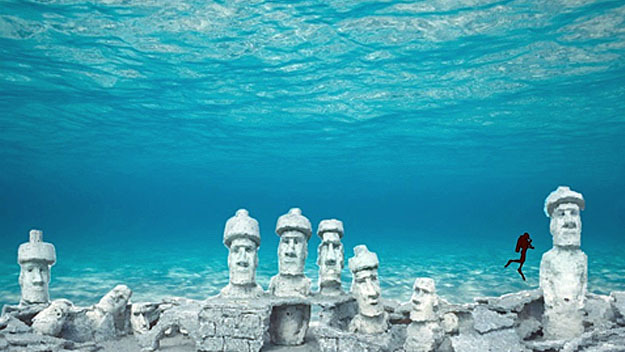
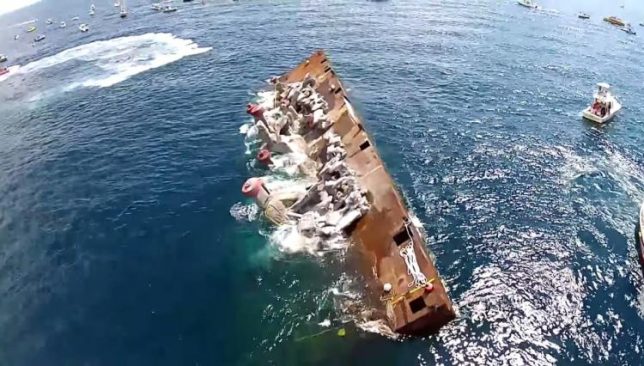
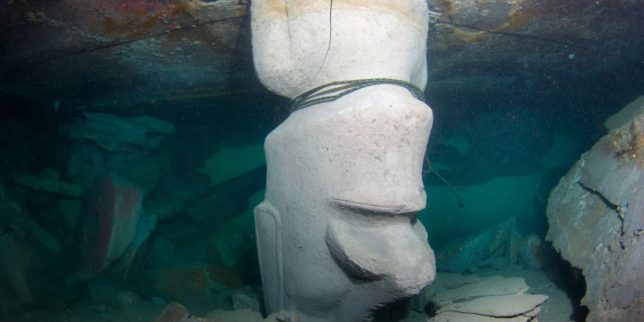
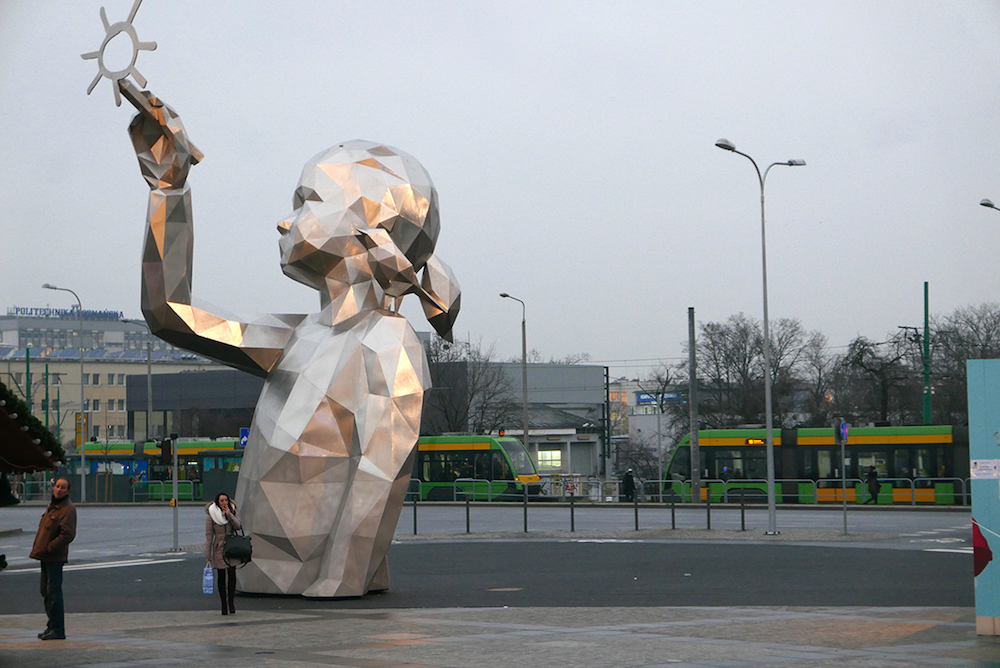
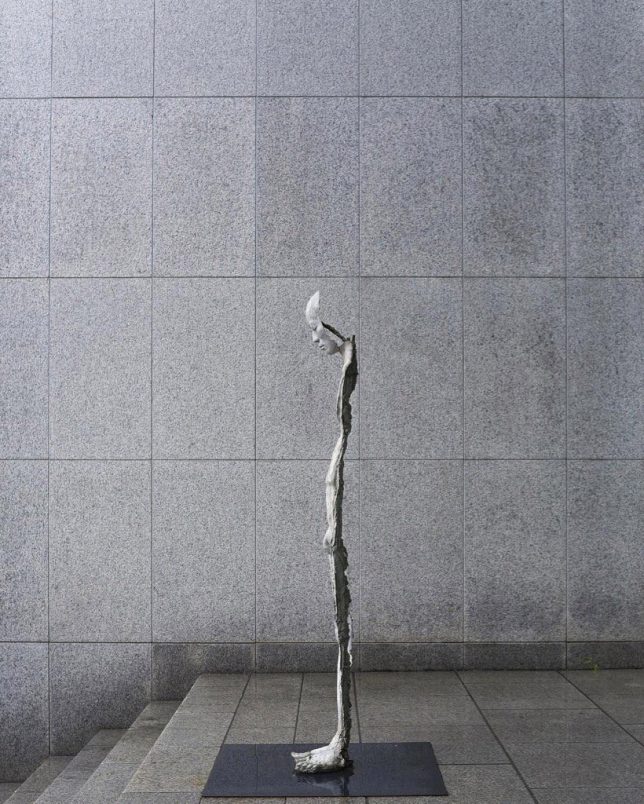
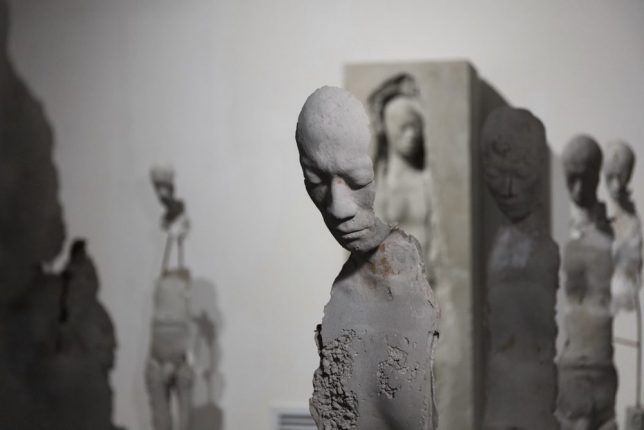
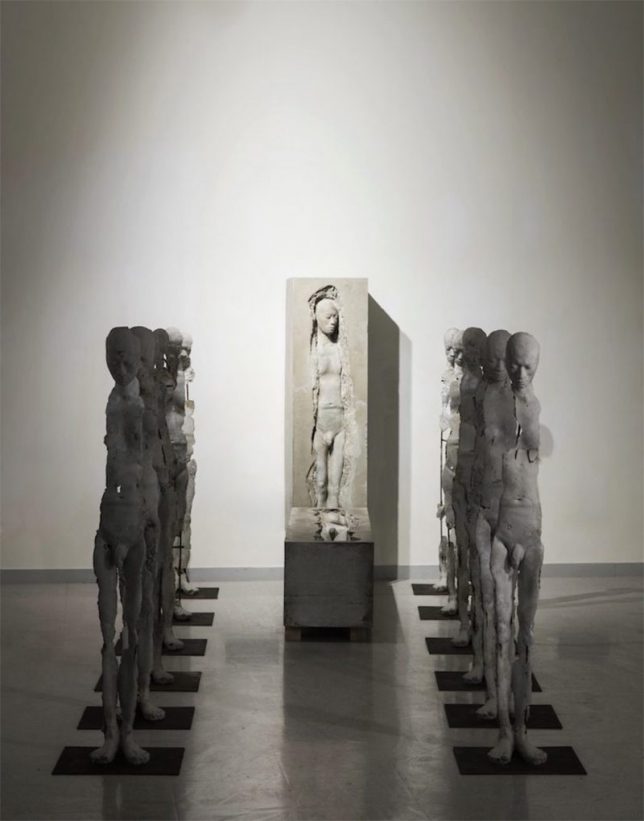

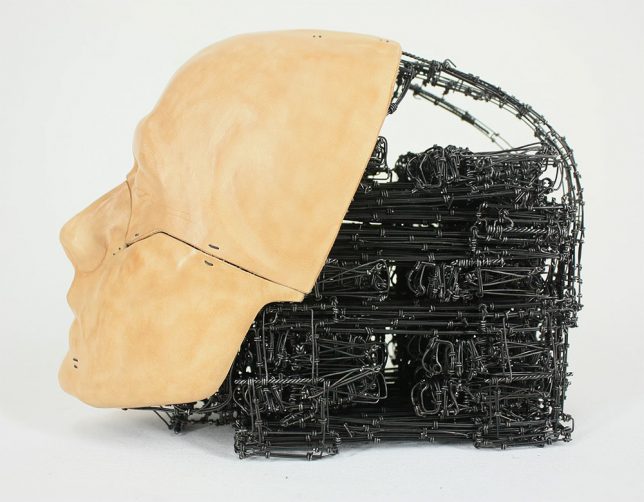
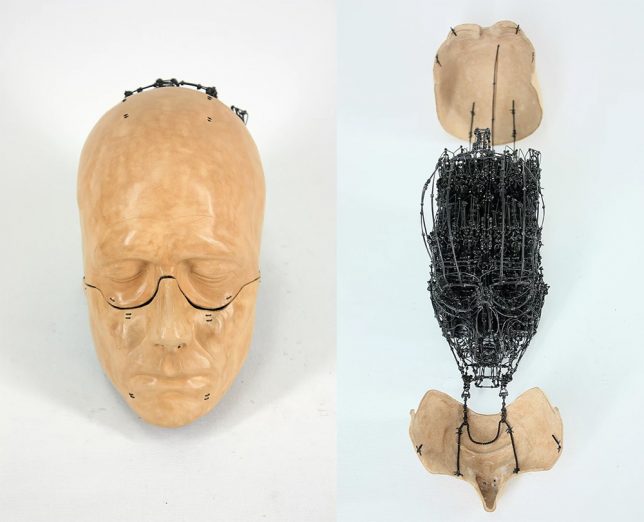
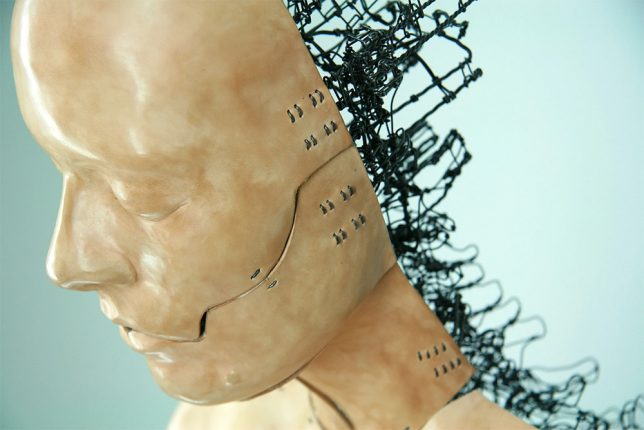
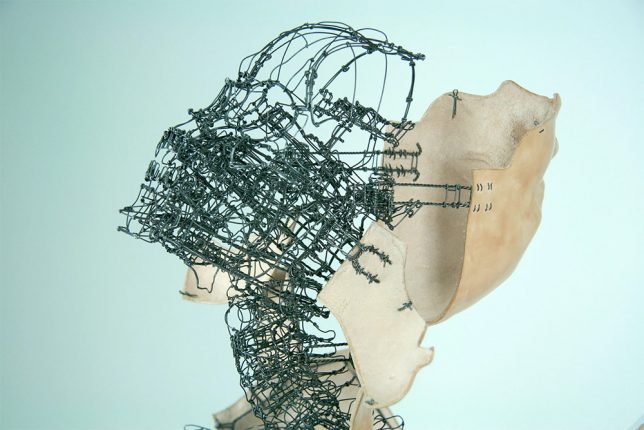
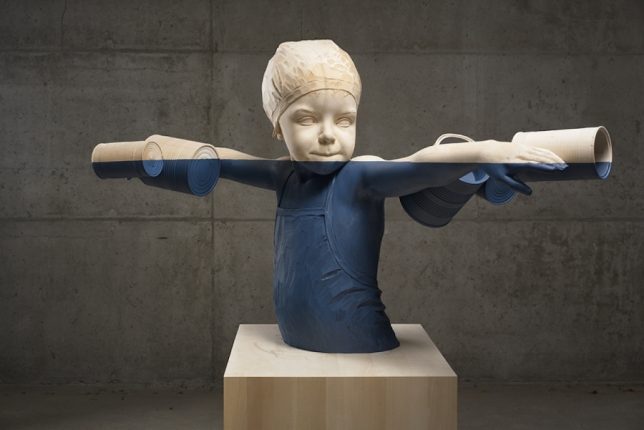
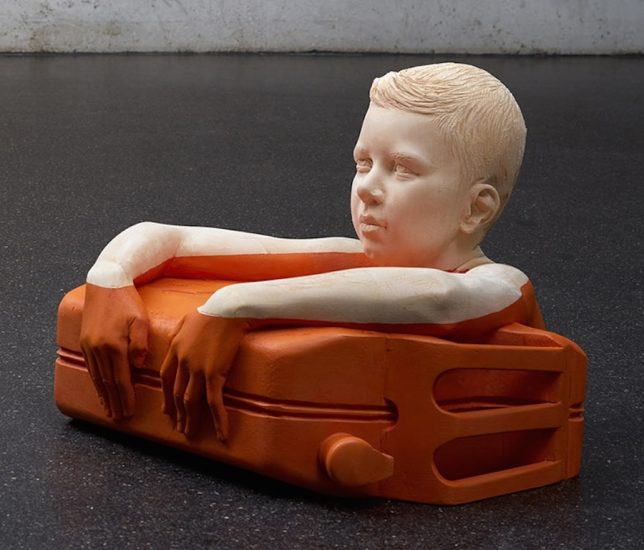
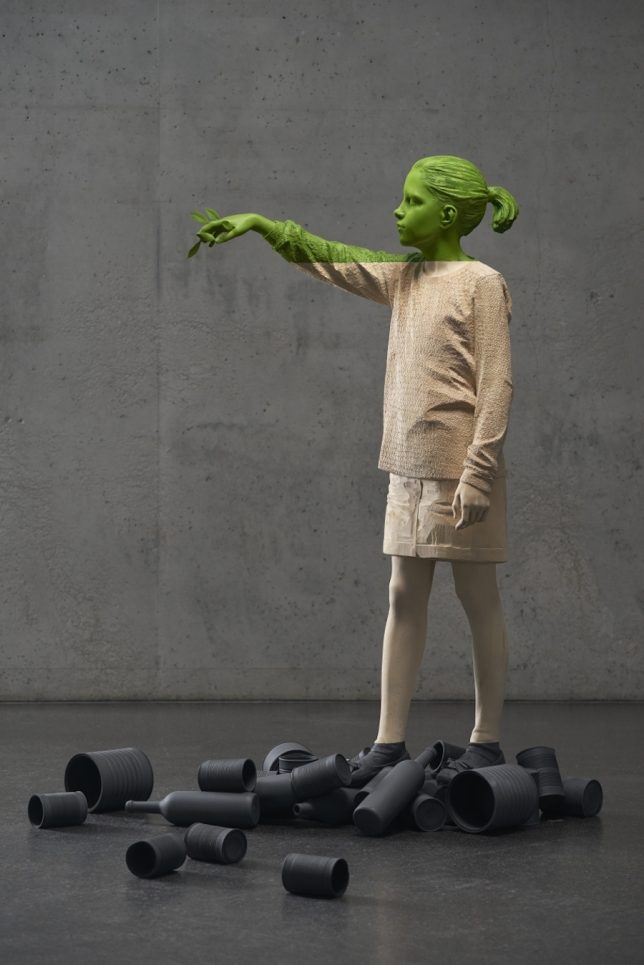
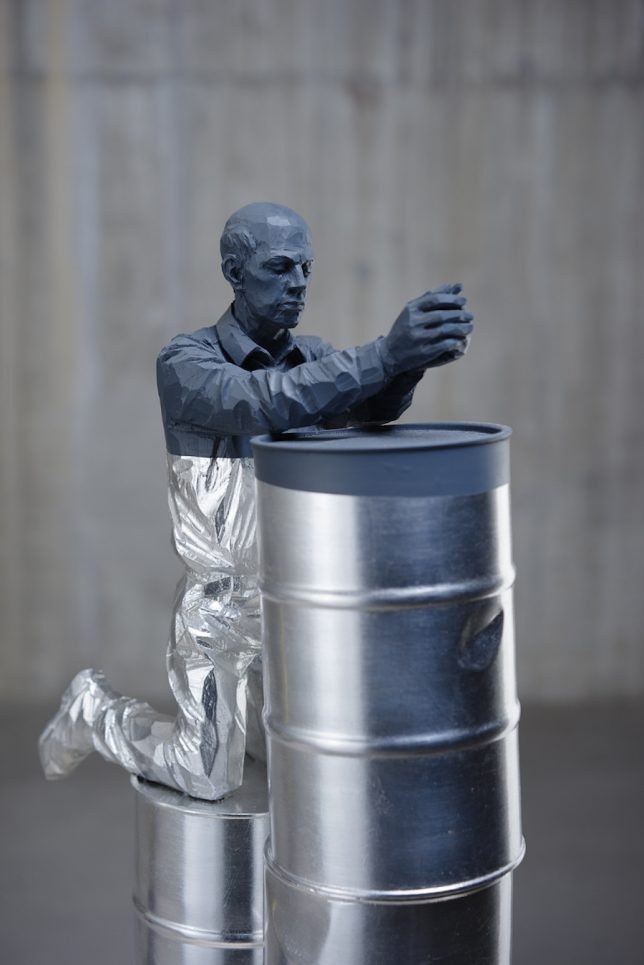
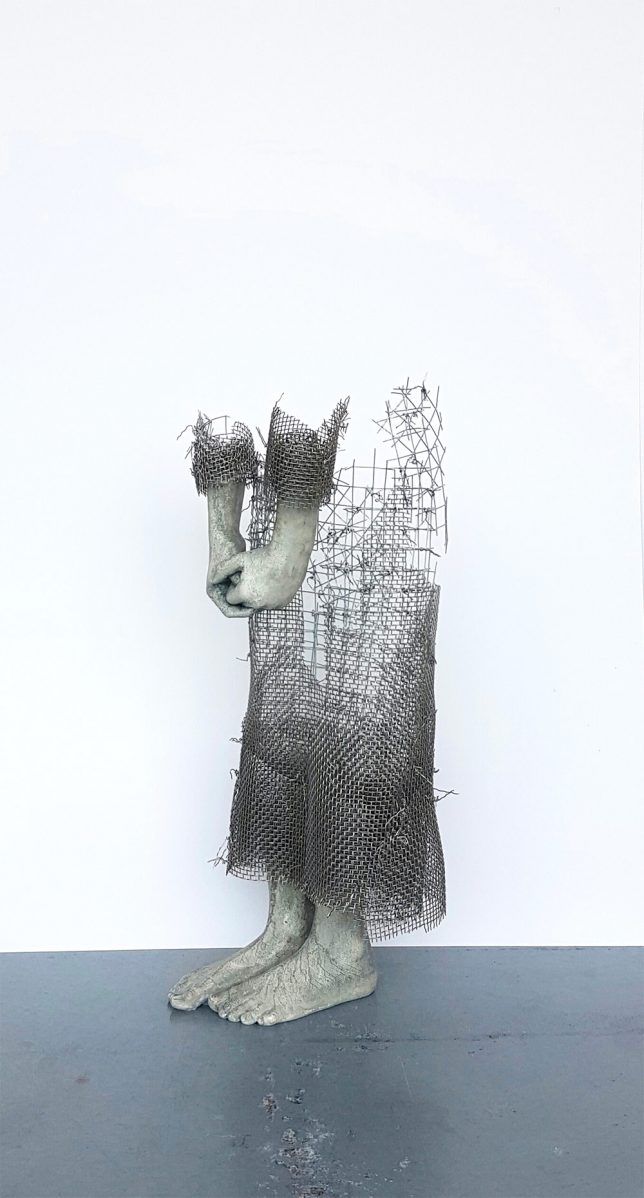
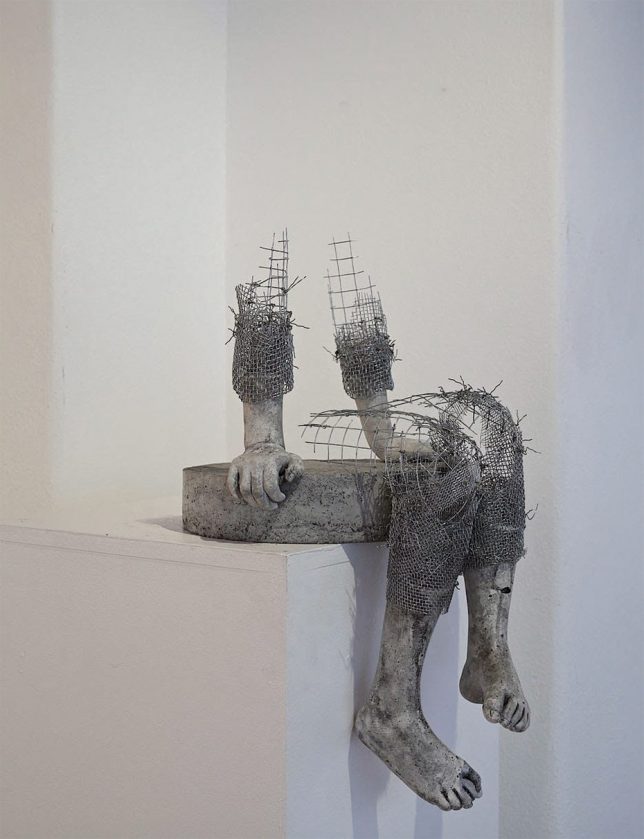
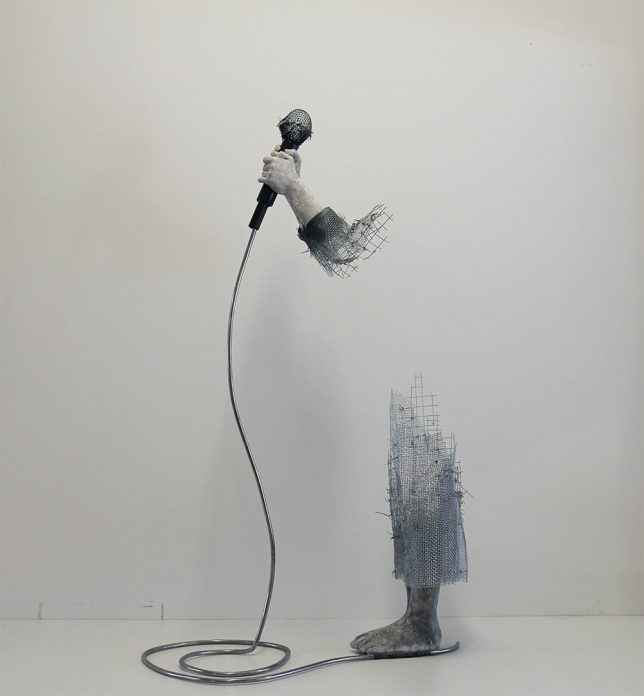
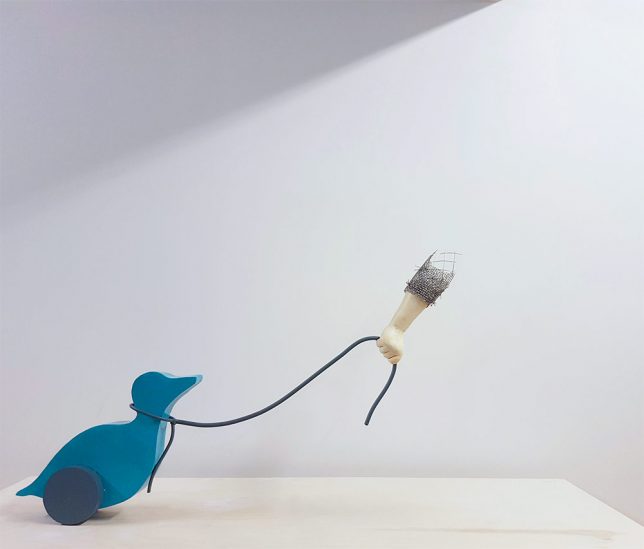
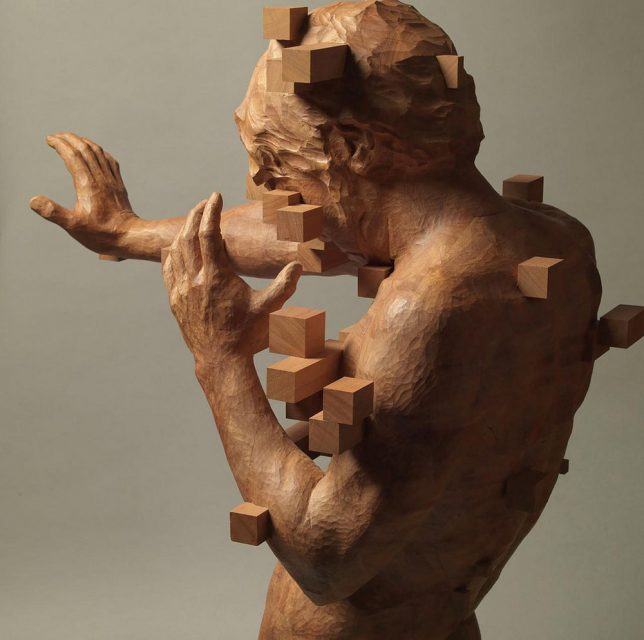

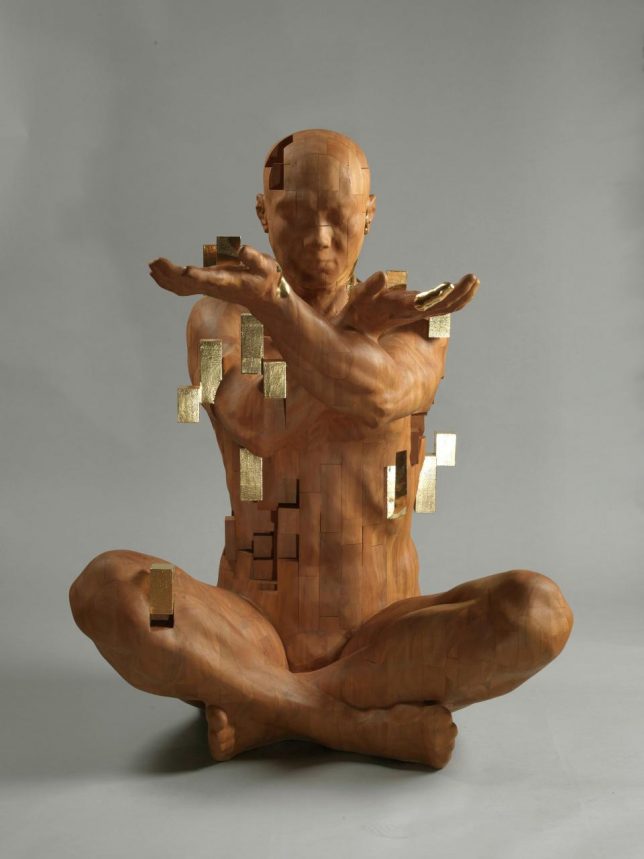
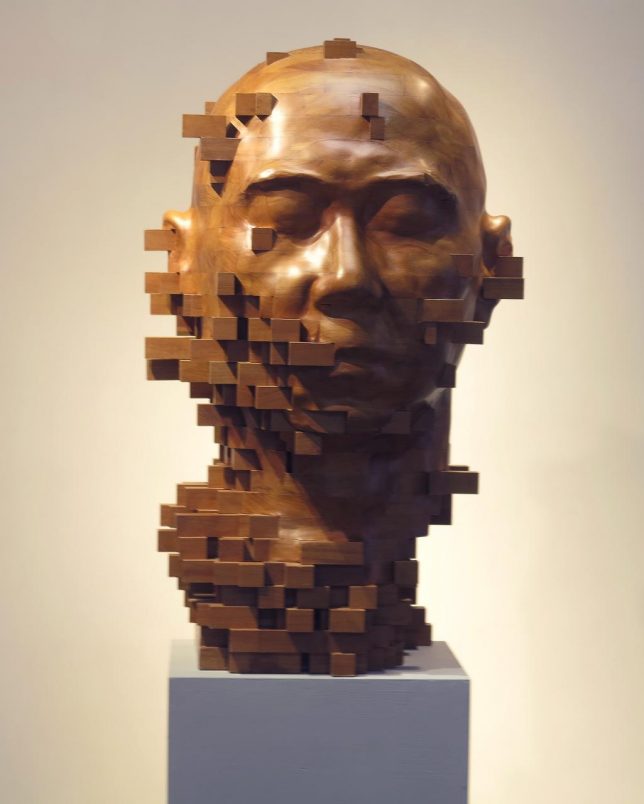
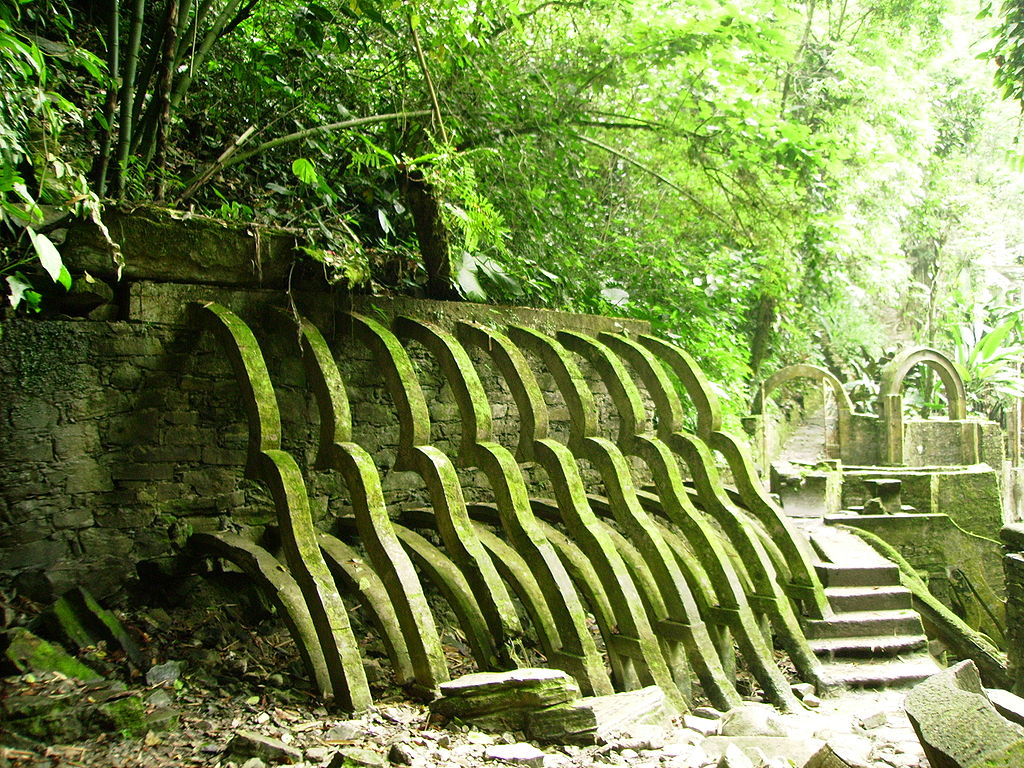
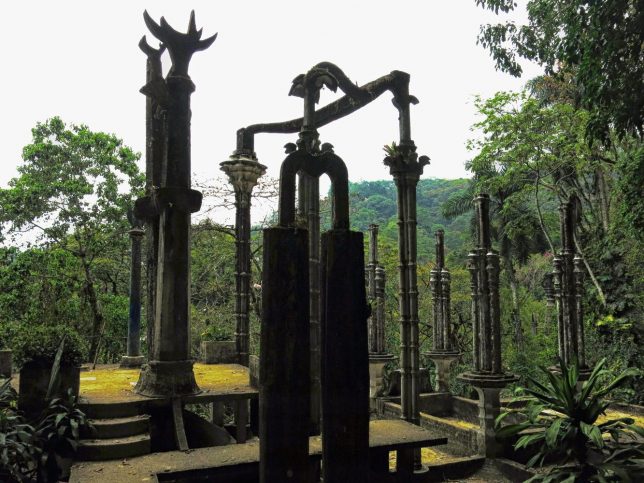
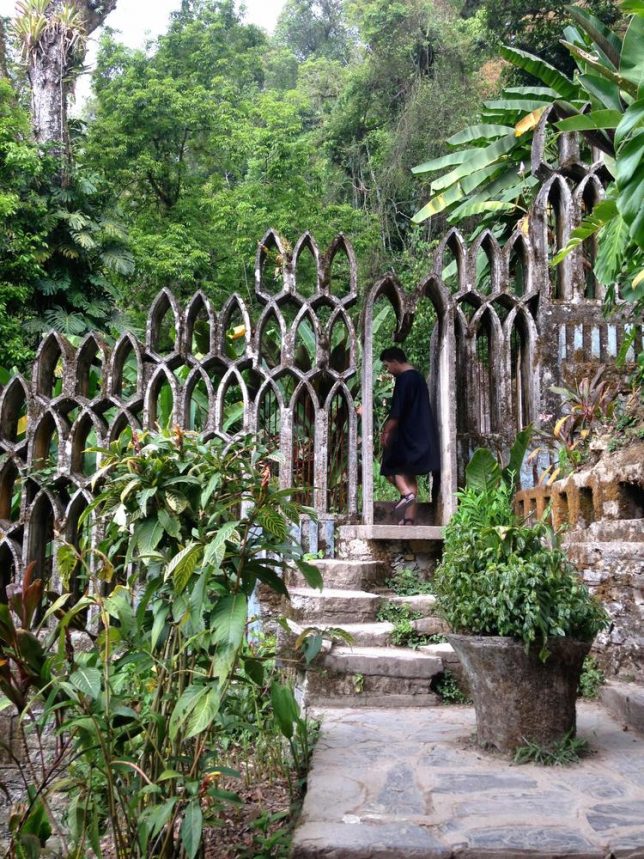
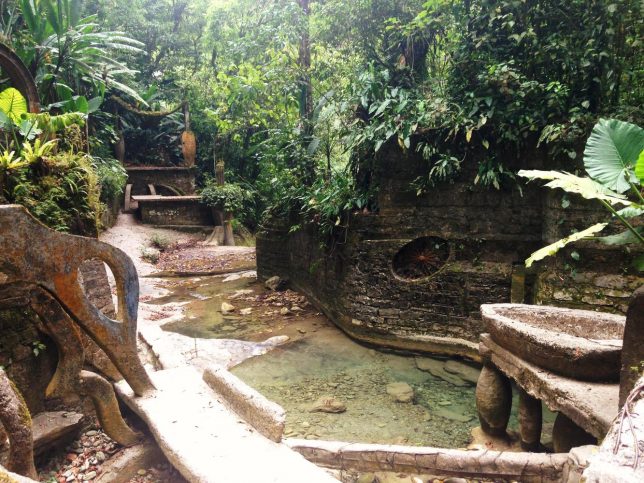
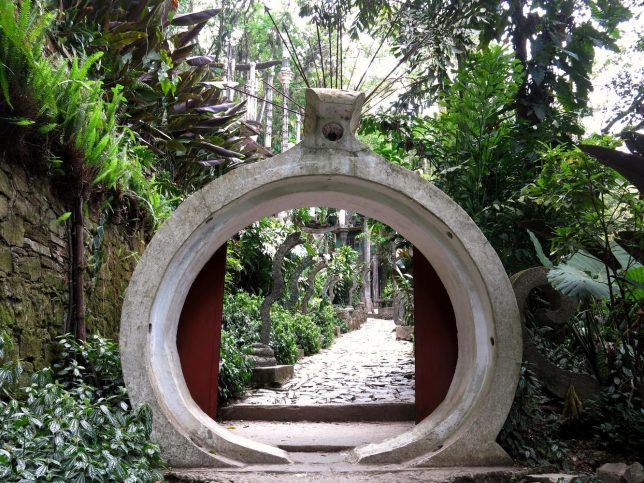
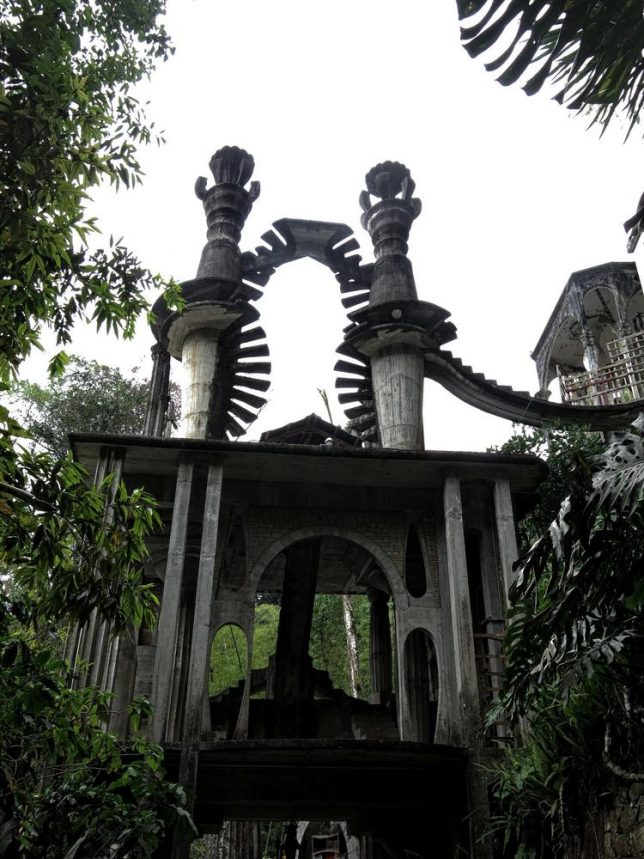
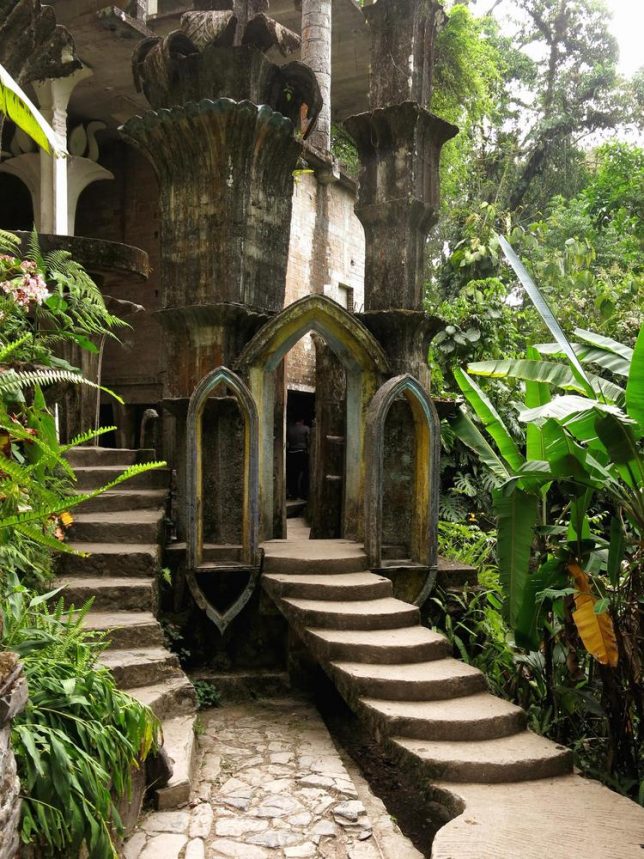
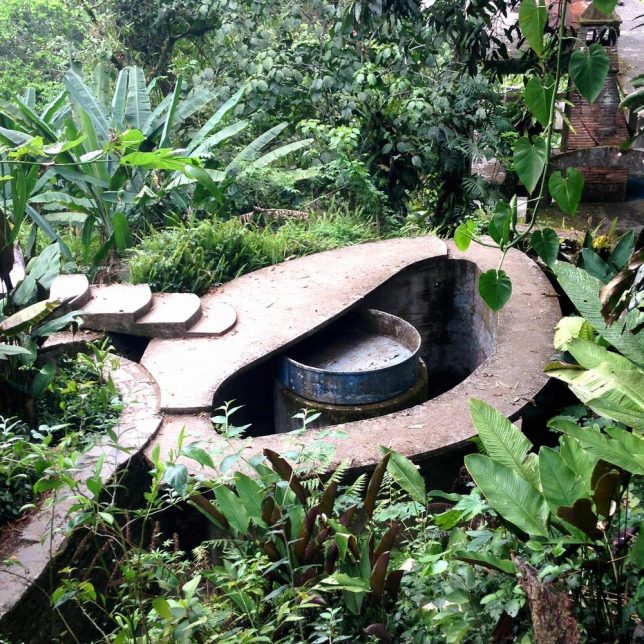
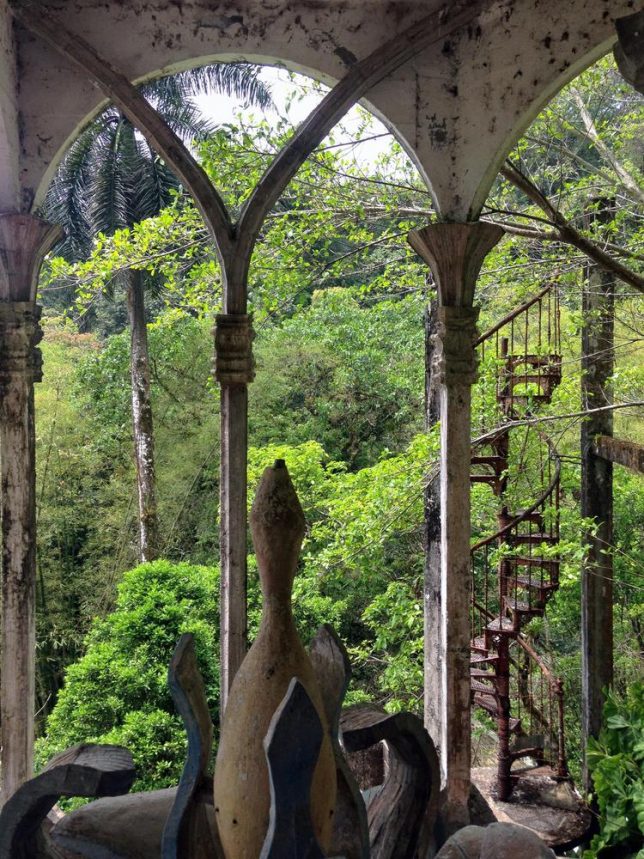

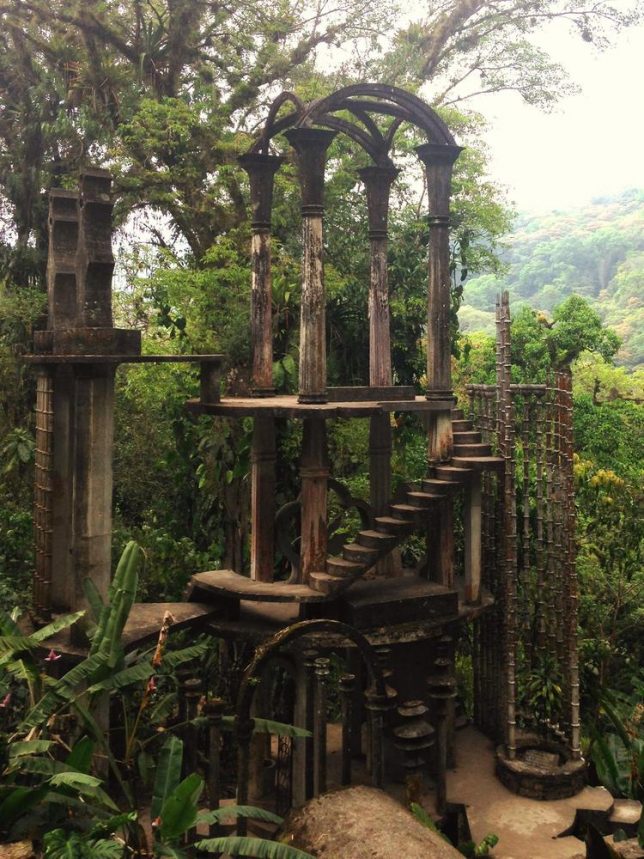

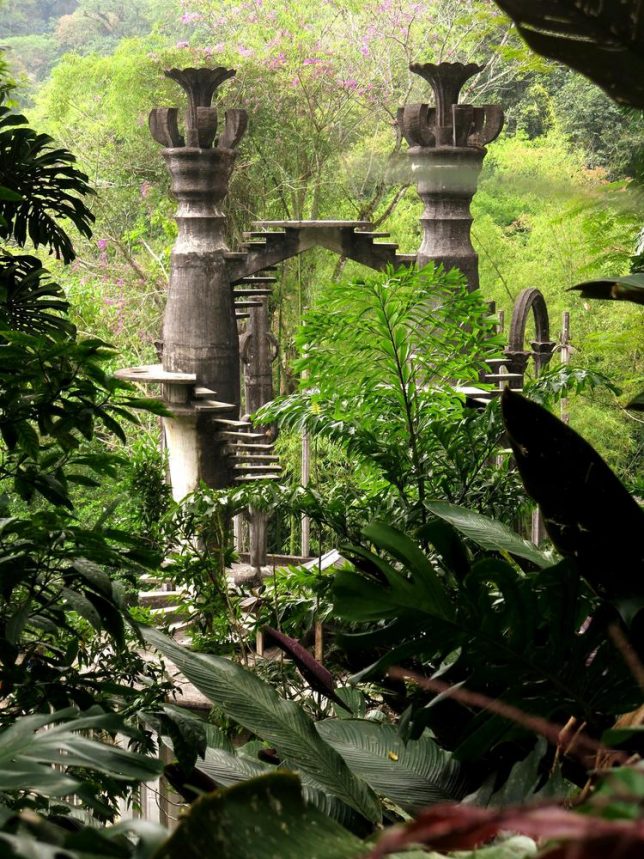
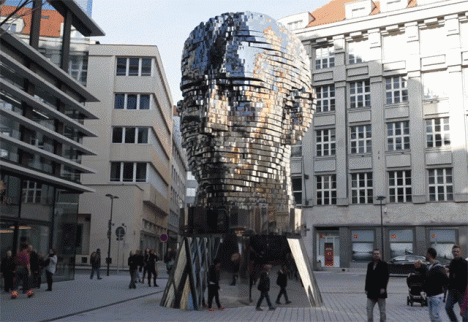
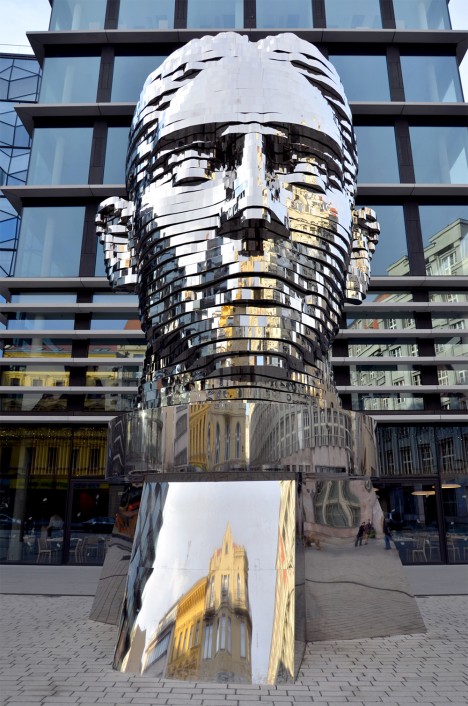
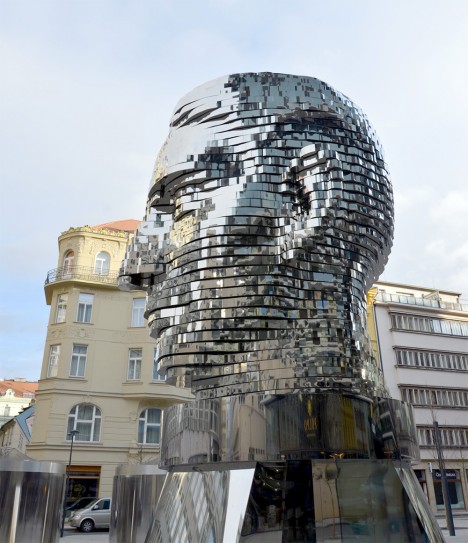

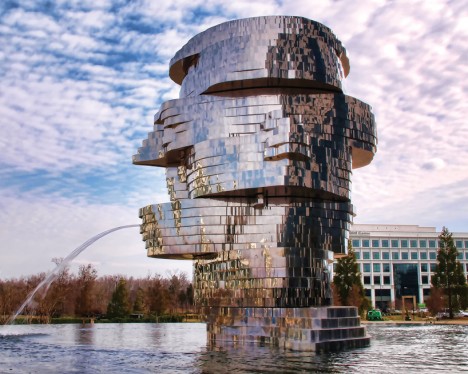
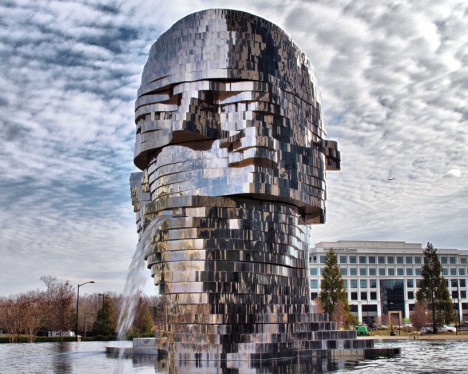
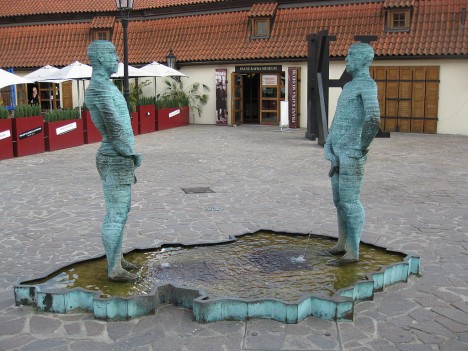
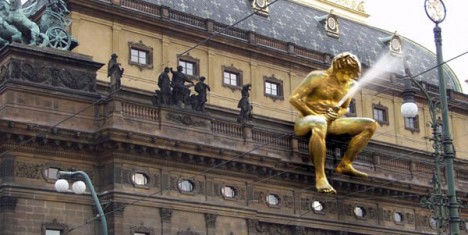

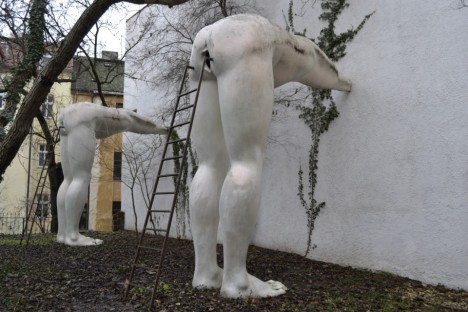
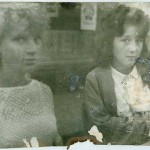
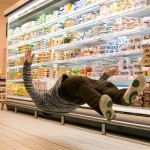
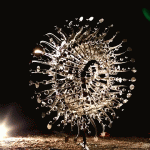





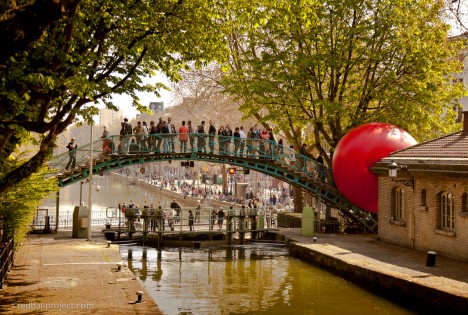
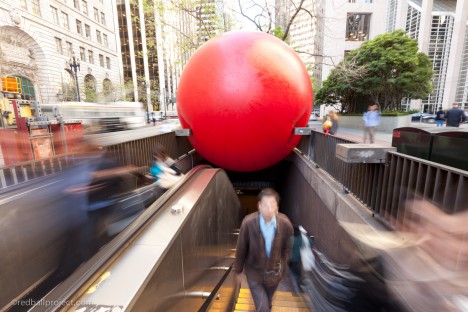
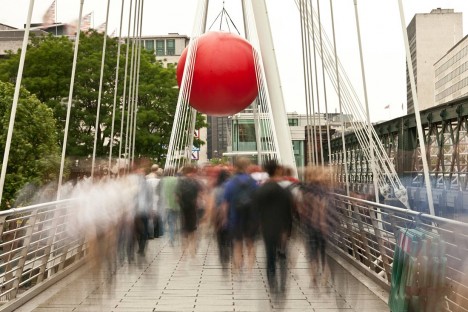
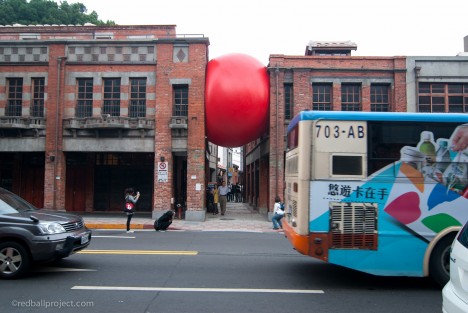
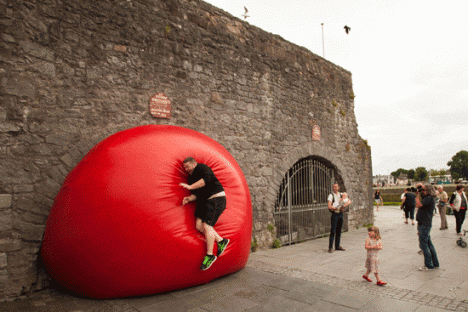

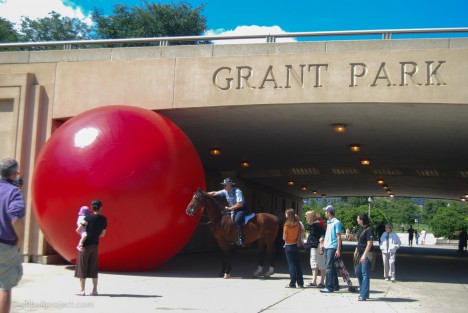
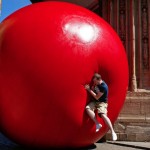
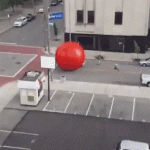
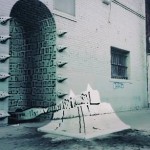

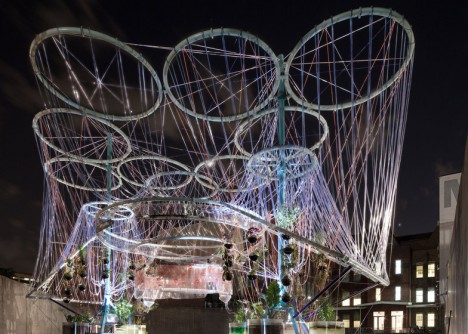
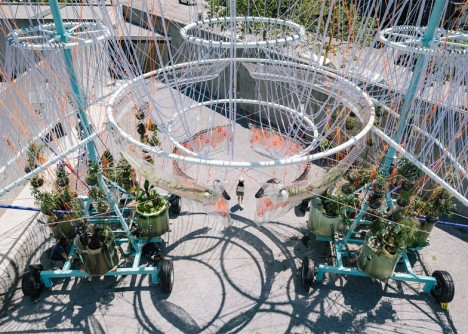
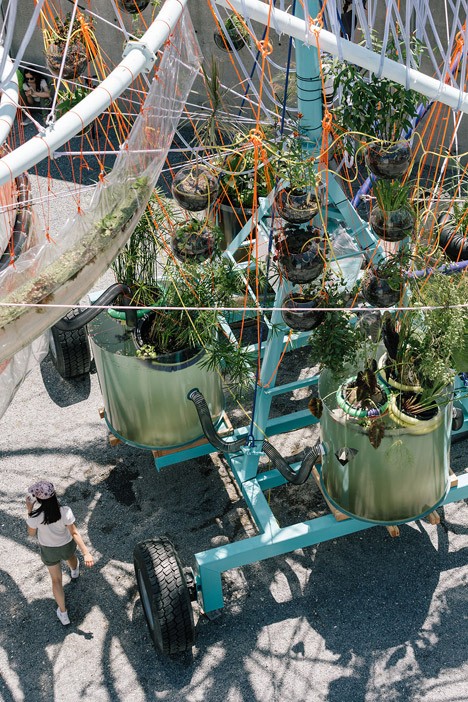
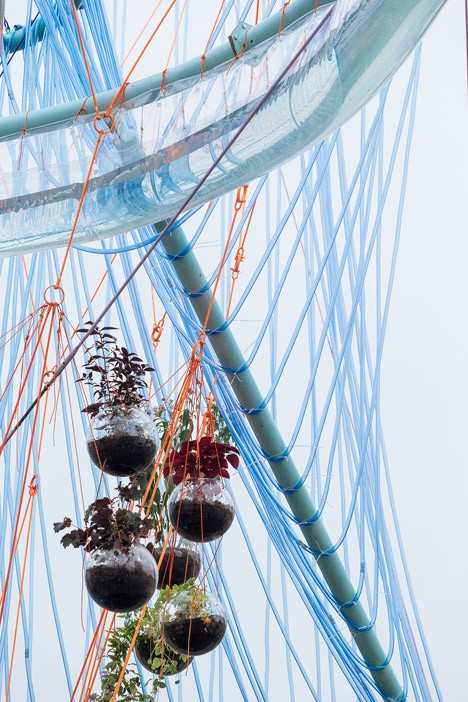
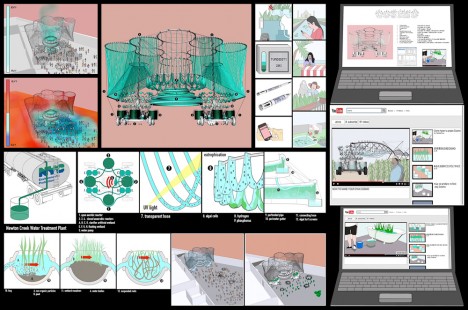
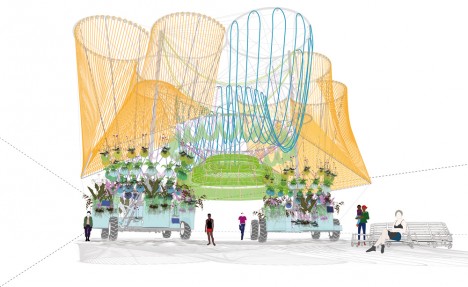
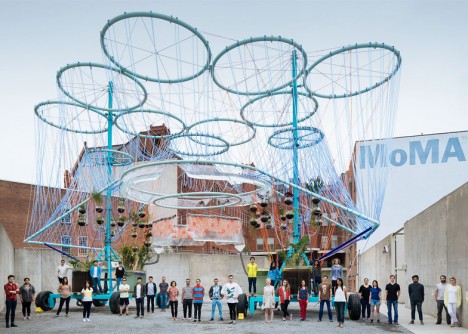
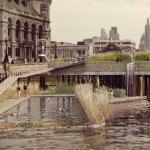
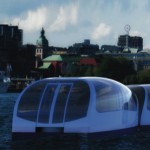
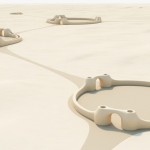
You must be logged in to post a comment.